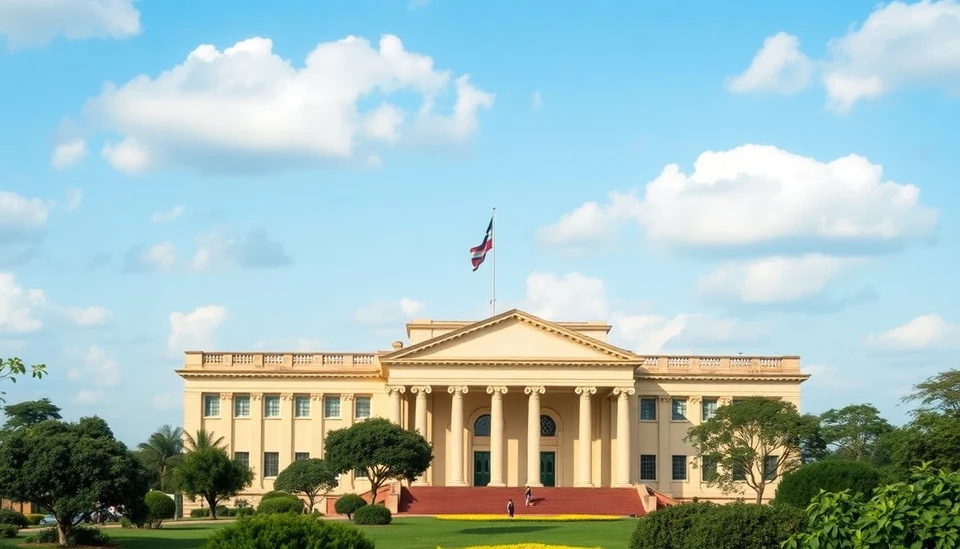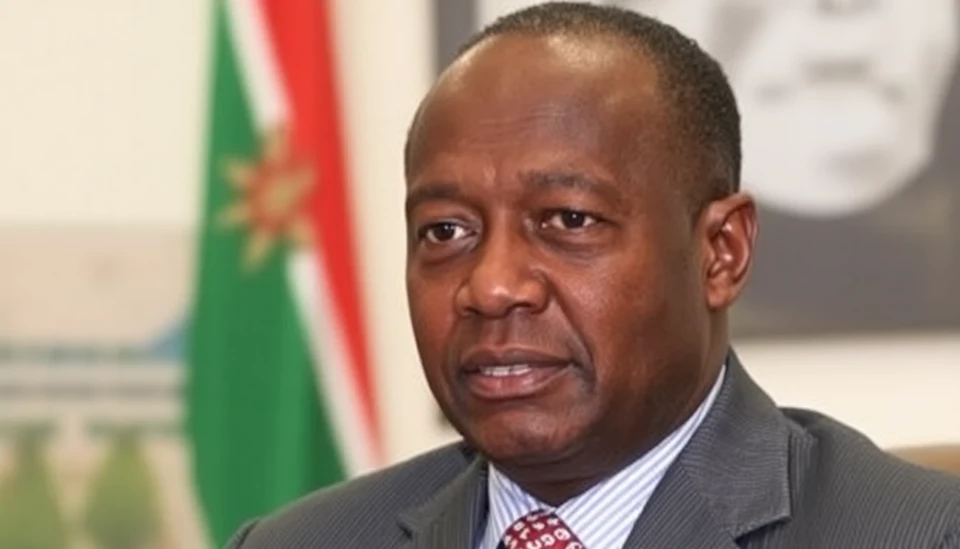
Kenya has recorded a significant drop in its inflation rate, reaching the lowest level seen in at least 14 years. According to the latest data released, the inflation rate decreased to just 3.8% in October 2024, compared to 6.7% a year earlier. This marks a notable easing in the cost of living pressures for consumers and businesses across the nation.
The decline is attributed primarily to reduced food prices, which have historically been a major factor in inflation calculations. Food inflation, which has been a lingering concern due to droughts and other climatic challenges, has now slowed considerably, contributing to this overall drop. The cost of basic staples such as maize flour, vegetables, and fruits has significantly declined, helping to stabilize the market and restore some level of consumer confidence.
In addition to food prices, other factors contributing to the lower inflation figures include stabilized fuel costs and a strengthening of the Kenyan shilling. These elements have played a crucial role in reducing transport and production costs, further alleviating the inflationary pressures that have plagued the country in previous years. This improvement is welcomed amid global economic uncertainties that have impacted many nations worldwide.
The Central Bank of Kenya has expressed optimism about the current economic climate, suggesting that the progressive decline in inflation may allow for a more stable monetary policy moving forward. Some analysts predict that if these trends continue, the bank could consider potential cuts in interest rates, which may further stimulate economic growth and investment.
Moreover, the improved inflation outlook comes at a time when the Kenyan economy is also showing signs of resilience. Economic growth, driven by sectors such as agriculture, services, and manufacturing, is providing a foundation for optimism among policymakers. Continued investment in infrastructure and technology is expected to foster even greater economic stability and growth in the years ahead.
However, officials caution that maintaining this positive momentum will require ongoing vigilance. Factors such as potential climatic shocks, supply chain disruptions, and global market fluctuations could pose risks to the economy. As such, the government and Central Bank must remain proactive in monitoring inflationary trends and adjusting policies accordingly to safeguard against future uncertainties.
The current inflation rate not only has implications for consumers but also for international investors looking at Kenya as a viable investment destination. A low and stable inflation environment is typically seen as a positive indicator for economic stability and growth potential, making Kenya potentially more attractive for foreign direct investment.
In conclusion, Kenya's declining inflation rate signals a positive shift in the economic landscape, providing relief to many citizens and businesses alike. Stakeholders will be watching closely to see how the government and Central Bank navigate the complexities of managing an economy in a global context, while aiming for sustainable growth and development.
#Kenya #Inflation #Economy #FoodPrices #CentralBank #Investment #EconomicGrowth
Author: Laura Mitchell




